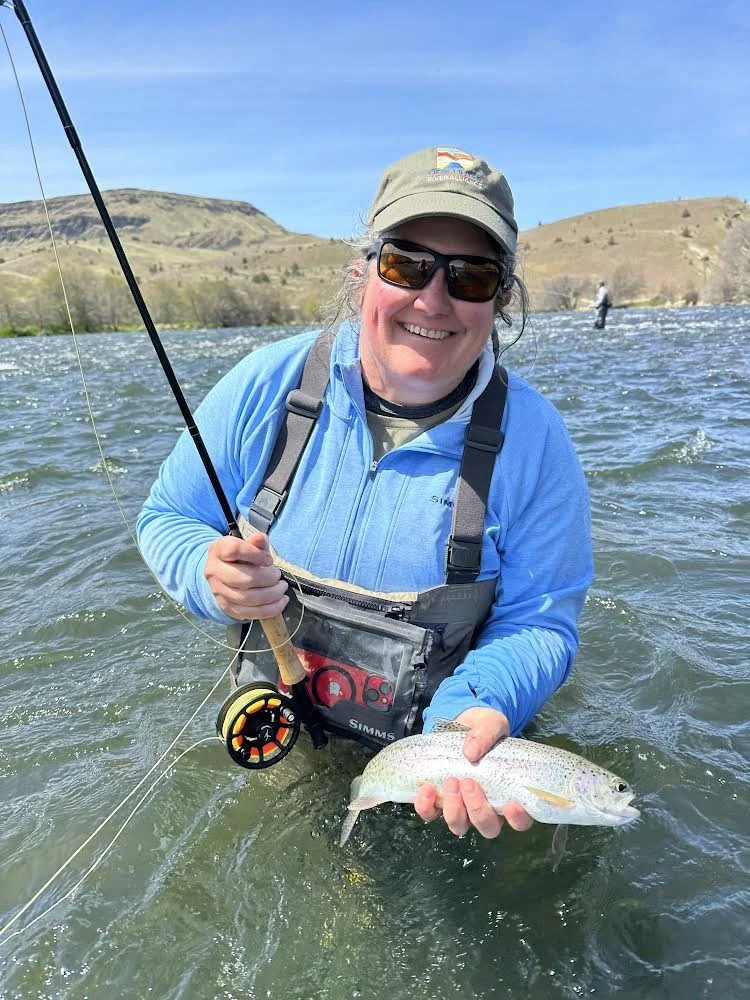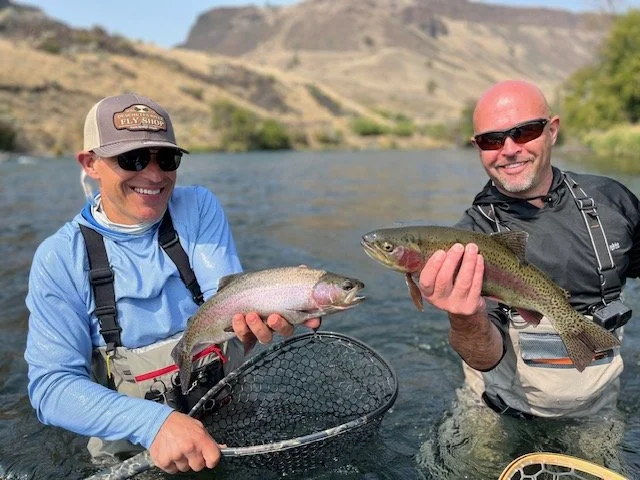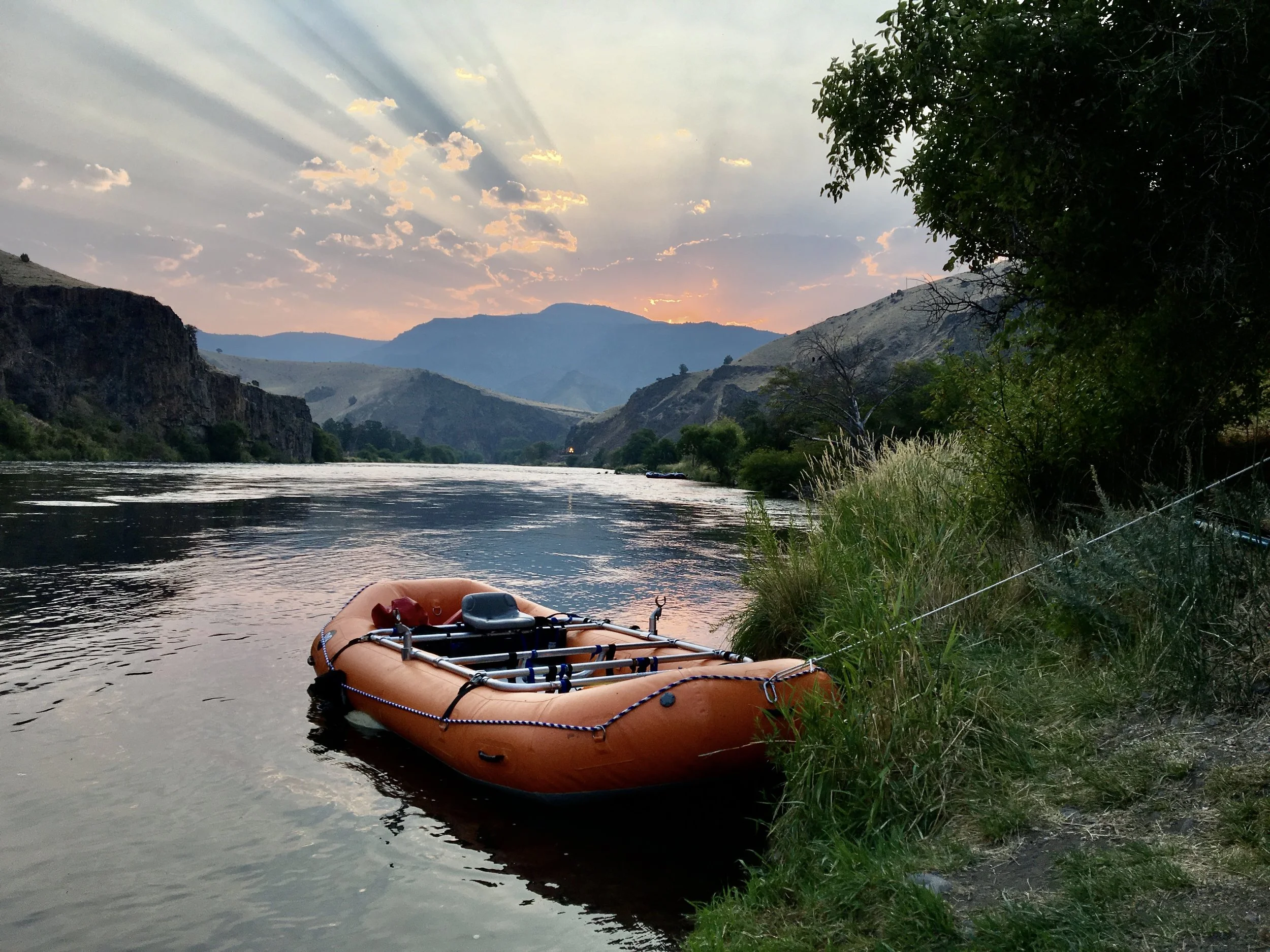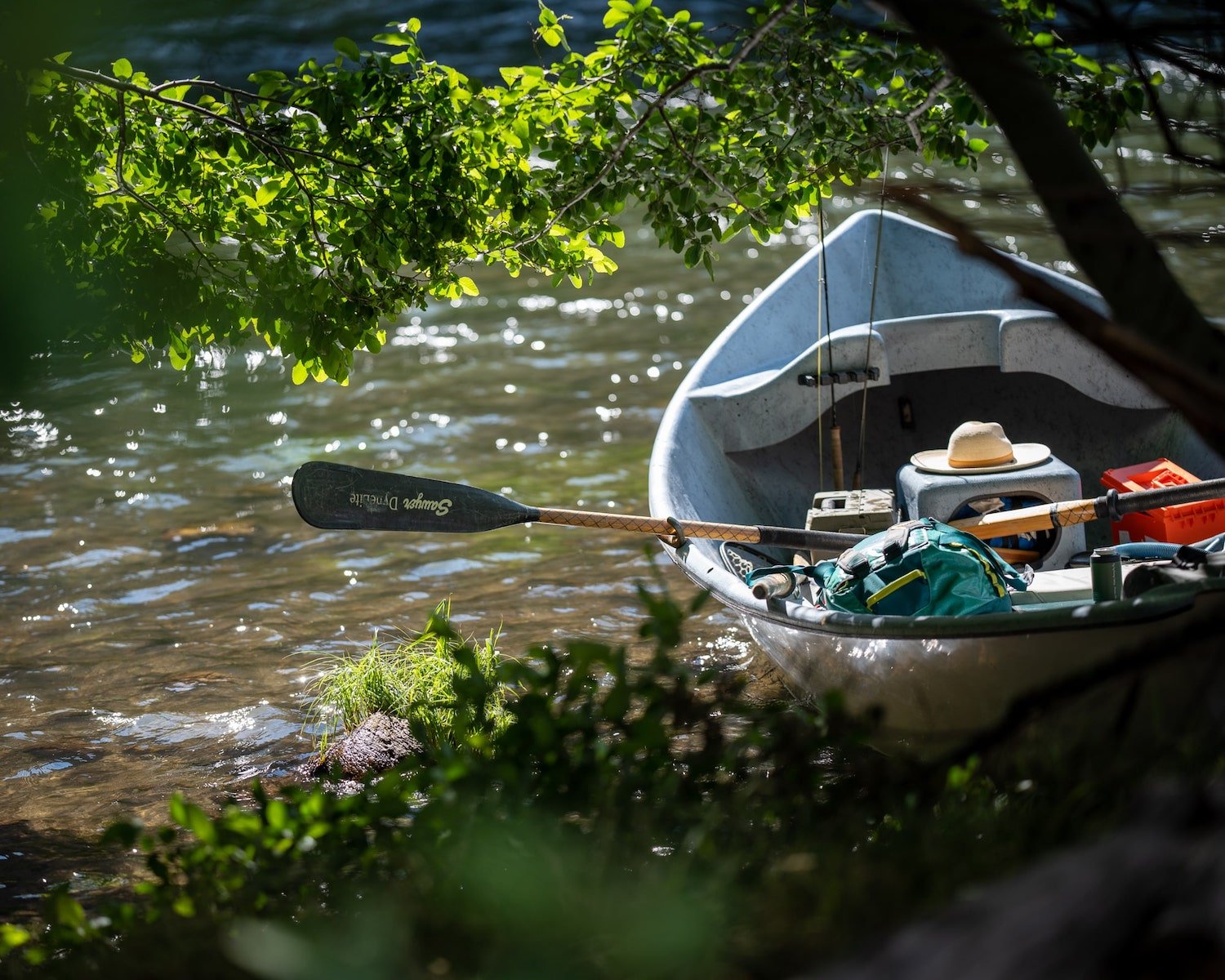More than 2,500 days of Water Quality Data Paint a Troubling Picture
Graph depicting changes in the lower Deschutes temperature regime, comparing 2024 to pre-Tower conditions, 2006-2009.
By The Numbers
Nearly fifteen years ago, as the first meetings of anglers, scientists and concerned citizens were coming together to create what would eventually become the DRA, one of the first tasks that was identified was the implementation of a scientifically sound water quality monitoring program. The first data sonde (a sophisticated device that registers hourly measurements of water quality parameters) was installed near Warm Springs in 2016.
The DRA has since added two other data sondes, one near Maupin, and this year, a third one near Moody. The DRA’s Water Quality Coordinator, Hannah Camel, took pains to aggregate a decade of data at Warm Springs, along with the shorter timelines at our two other stations. A reminder: You can check real-time water quality conditions on the DRA’s website, which reports hourly from the Warm Springs and Maupin stations.
The summation of over 2,500 days of data, along with temperature and precipitation trends, provide a picture of what’s happening to the water of the lower Deschutes River. Below is part 1 of The Deschutes Health Index. Next week: The status of fish reintroduction and fish health.
Warm Springs:
Number of days monitored, 2016 to 2025: 2,178
Days in violation of pH standard: 1,579: Temperature violations: 226: Dissolved Oxygen: 51
Percentage of days in violation of pH: 73.17
Maupin:
Number of days monitored since data sonde was installed (2023): 582
Days in violation of the pH standard: 564: Temperature violations: 41: Dissolved oxygen: 111
Percentage of days in violation of pH standard: 96.91
Moody:
Number of days monitored since data sonde was installed: 139
Days in violation of the pH standard: 139: Temperature violations: 133 Dissolved oxygen: 0
Percentage of days in violation of the pH standard: 100
Year in which PGE and DEQ brokered an “interim agreement” that allowed PGE to lower water quality requirements listed in the license to operate the Tower and the Pelton Round Butte Project: 2011. Number of subsequent “interim agreements” signed between the parties over the following decade: 8.
Year that the last of these interim agreements expired, returning requirements of the license to their original, higher levels: 2021. Enforcement actions taken by DEQ since then: 0
Year in which FERC approved PGE’s “without project” temperature model, which takes the daily high temperature of water in the Crooked, Deschutes and Metolius Rivers along with daily high temperatures at the Redmond Airport to determine the target water temperature for the lower Deschutes: 2005.
Number of days in 2024 that temperatures exceeded the recommended 13 C. maximum during resident trout spawning and incubation periods: 97: at the Maupin site: 123
Years since 2000 that the Deschutes basin has experienced some level of drought, according to drought.gov: 18
Years since 2020 that Jefferson County has declared a drought emergency: 5
Estimated reduction in flow of the spring-fed Metolius headwaters, 2017-2023: 55%
Average increase in temperature statewide since 1895: 2.2 F.
Decline in percent of Oregon Cascades snowpack, 1930-2007: 23
More From The Blog
Subscribe the the DRA Newsletter
The Deschutes River Alliance is your focused voice to protect the lower Deschutes River, its cold water flows and the fish and wildlife that are sustained by them. We send regular emails with important data and news about the lower Deschutes River. We will not sell your contact information to others.
How to Support the DRA
Everyone wants clean, healthy water in the Deschutes River. Oregonians cherish our clean and healthy waterways to provide drinking water, wildlife habitat and recreational activities. The lower Deschutes River is a federally designated Wild & Scenic River, and a national treasure. It must be protected for the environmental and economic health of Central Oregon. By working together we can return the lower Deschutes River to full health.














